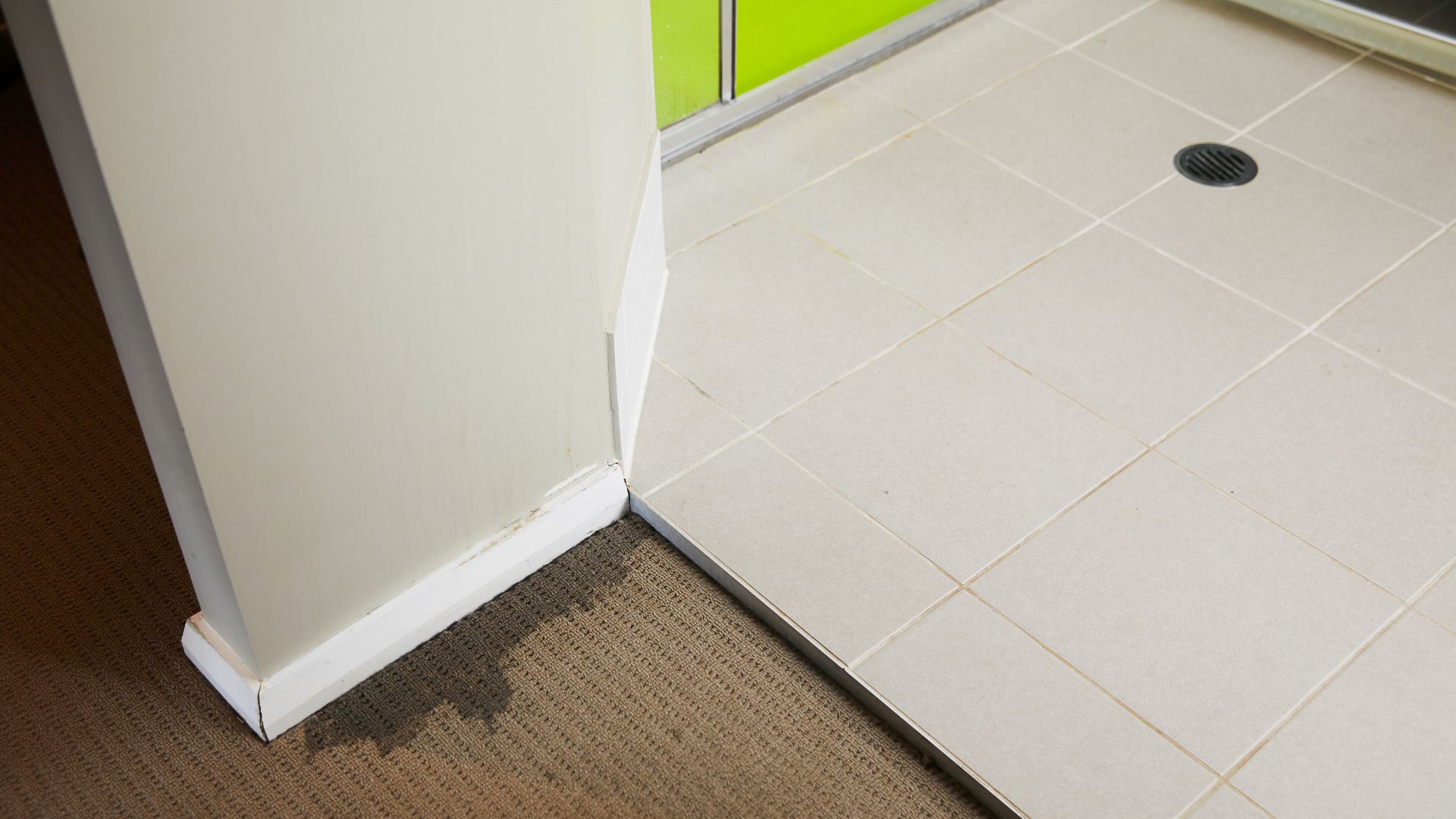Water leaks and waterproofing issues are common in ensuite bathrooms. Regardless if the property is a new build or an older style home, leaks can cause stress for owners as they can be costly if left untreated.
Here’s what to do if your ensuite has waterproofing issues that result in a leak.
Waterproofing: the first line of defence
When waterproofing in a bathroom or ensuite fails it can be disastrous and can result in expensive renovations including removal of walls and extensive structural damage.
There are specific waterproofing requirements for bathrooms to ensure the process is done correctly.
Requirements include:
- Australian Standard AS3740-2021
- National Construction Code/Building Code updates (this takes precedence where the rules differ).
Find out more about correct waterproofing techniques here.
Help is available for professional tilers
Sika offers training to employees of tiling businesses who use the Sika Internal Wet Area System. This training ensures tilers are up to date with the newest options and are following best practice.
Homeowners whose tilers use a SikaTile product range can relax knowing it’s one of the best systems money can buy.
Is your bathroom leak an easy fix?
The first thing is to discover the source of the leak. Once you’ve found it you can determine if the leak is an easy fix, or if it requires professional help.
Check if silicone is missing from around the tap head or shower screen, or if there’s grout missing from around the tiles. If you can’t find the source, a plumber can help by conducting a pressure test and a dye test to help diagnose the leak and indicate its location and severity.
If your ensuite has a severe leak it is essential to leave repairs to the professionals. The most important thing is to get recommendations for a great waterproofer who is up to date with the latest standards to ensure the problem won’t happen again.
What to do after the repairs are made
Depending on the severity of the leak, the bathroom may need to be almost completely rebuilt. After the ensuite has been re-sheeted, it’s time to fully protect the space from future water and damp using the Davco Internal Wet Area System.
You will need to start with priming the new surface with Davco Primex then allow to dry. Once that's dry, you can proceed with waterproofing with Davco K10 Plus - a premium performance, flexible, premixed waterproofing membrane.
Next, the grout. Using a mould- and bacteria-resistant product like Davco Sanitized ColorGrout will keep the bathroom clean for years to come. Allow the product to completely dry.
Now the silicone can be applied. Using a professional-quality product such as Sikasil®-702 All Purpose will ensure the area is adequately sealed to keep water out. This tough seal is also flexible enough to deal with a 25% joint movement either way – plus it is resistant to mould and bacteria.
Don’t forget gaps around tapware which need proper waterproofing and silicone treatment to remain watertight and to stop leaks from forming.
With Sika, you can repair, refresh, protect, finish to keep your ensuite fresh for years to come.
Products and tools required

